New Voigtländer VM lenses – that is, optics for M-Mount – are being released at a fast pace. Time for a wrap-up: What’s new, what options have Leica M users, as well as other photographers? And which of them will see proper reviews in the following months here on Macfilos?
When Voigtländer reappeared on the photographic scene in the late 1999, the company surprised us with a somewhat plasticky but highly successful Leica screw mount camera, the Bessa L. With it came a 15mm lens, called Heliar, and an external viewfinder.
It was by far the cheapest way into extreme wide-angle photography back then. That’s mainly because such a lens is much easier to design and produce for mirrorless cameras. And in the film era, these were mainly rangefinder cameras, but definitely all non-SLRs.
But who would have guessed what would happen? Nobody could have expected that we were to see dozens of new Voigtländer lenses in the decades to come.
New Voigtländer VM lenses: an initial spark in 1999
With the Bessa L, one of the oldest photographic brand names came back into the market. Voigtländer dates back to 1756 (!) and had an excellent reputation, not only in German-speaking countries, well into the 1960s.
One of several groundbreaking achievements was the first mass-produced zoom lens for 35mm film cameras back in 1959. Eventually, the German Ringfoto group came to own the brand name and brought it back to life in cooperation with the Japanese company, Cosina. The latter had already a good reputation for OEM manufacturing of photographic gear for well-renowned brands.
This is not the place to give the full story of the brand’s history; we will focus on the new Voigtländer VM lenses that a being released at an astonishing pace. The VM range (VM means Voigtländer M mount) underlines the ongoing change from a cheap Leica alternative to a high-class product line in its own right.
Cosina’s expertise in manual focus lenses also encouraged the company to make lenses for other systems. Among them are the old Nikon AI mount, Fujifilm APS-C or even Micro Four Thirds. Here, we will concentrate on Leica M-Mount lenses.
Many Voigtländer lenses are already covered in the M Files
A significant number of Voigtländer lenses with M-Mount have already been covered in Macfilos’ M Files project. You can access all the reviews, with many details, sample shots and evaluations, via the M Files navigator. This timeless content is made for being used as a reference tool.
And the best news is that most of the Voigtländer lenses reviewed in the series are still in the current line-up. However, quite a few new Voigtländer VM lenses were announced recently. Until we can offer proper reviews of some of them, we give a brief overview.
The APO 28 stands out in the new Voigtländer VM line-up
Maybe the most spectacular of the new Voigtländer VM lenses will be the recently announced APO-Lanthar 28/2. After the excellent APO-Lanthars 35/2 and 50/2, this could very well be the next scoop.
APO wide-angle lenses used to be Leica’s very own territory, and the Voigtländer competition came as a surprise. The 35 and 50 APO-Lanthars (both €1,099 | £899 | $1,149) proved to be outstanding, and optically almost on par with the Leica APO-Summicrons which cost six or seven times as much. The biggest drawbacks of the Voigtländer APOs so far is their size.
If the 28 is really compact, it is likely to become a big success. Voigtländer indicates — in a very non-Japanese style of speaking loudly — that the APO-Lanthar 28 is the best wide-angle lens the company ever made. I hope we will see the first copies in the stores during the summer of 2025.
Speaking of 28 millimetres, Voigtländer will soon have no fewer than four lenses with this focal length in its line-up. The Ultron 28/2.0 (€849 | £699| $899) was launched some time ago. The 28/1.5 Nokton (€1,049/1,149 | $999/1,049), a clear Leica Summilux competitor, is in a Macfilos field test right now and will be reviewed in an M Files episode soon. Not to be underestimated is the tiny 28/2.8 Color Skopar (€649 | £519 | $699), it is covered in this review on Macfilos, you will see that it makes for an excellent travel companion.
The new Voigtländer VM lenses include redesigns of the f/1.2 range
Equally remarkable are the new versions of the f/1.2 lenses. The 35, 40 and 50 millimetre lenses (€1,099/999/1,099 | £664/708 | £699 | $1,149/1,149/1,049) all have aspherical glass elements and a classic looking barrel with design allusions to historic Leica lenses (especially the “Berg und Tal”-Riffelung (“mountain and valley”), i.e. a knurled focusing ring).
Obviously, these lenses all offer extremely shallow depth of field and are especially attractive on cameras with very fast (electronic) shutters. Otherwise, ND filters or slow film material might be needed to bring the new Voigtländer lenses with f/1.2 their full potential.
I have not used any of them, just because I don’t see much advantage to a smaller f/1.4 lens. From other fast Voigtländer lenses such as the 50/1.0, the 21/1.4 or the 75/1.5, however, I would make the safe assumption that the f/1.2 range is convincing both in terms of optics and mechanics.
A new 90/2 APO competes Leica’s APO-Summicron
On the long end, the 90/2.8 APO-Skopar (€729 | £699 | $799) has a faster counterpart now, the 90/2 APO-Lanthar (€999 | $899, no UK price yet). This, of course, can be considered a shot against Leica’s bows. While excellent even on high resolving digital camera, the APO-Summicron 90 is ageing now and should soon reach the end of its life cycle.
There are already rumours about a new version. However, with the new Voigtländer 90/2, Cosina could have skimmed off some bulk. At any rate, the fairly compact 90/2 will be reviewed in one of the next episodes of the M Files.
More exotic are the designs of two new Voigtländer lenses with f/3.5 as widest aperture. The 35/3.5 Skopar might be a bit on the slow side. But it is tiny and lightweight. On first sight, it resembles the 40/2.8 Heliar.
If it shares its optical qualities, it is an attractive lens if you don’t need the thin depth of field that faster designs offer. When it comes to low light abilities, no worries — newer digital Leica M cameras can handle high ISO values quite well. Which is also important for the other f/3.5 “standard” lens, the 50 APO-Lanthar (€699-729 | $749). One of its two versions looks as if it were collapsible, but this is only a design gimmick.
Generally, new Voigtländer lenses often come in several versions, black and silver, aluminium and brass, different looks and different weights. It is rather confusing but also nice, for example if you want a matching lens for a chrome camera.
The modern Voigtländer legacy of super-wide lenses lives on
Back to the roots of Voigtländer’s commitment to rangefinder photography for the two recent super-wide lenses. The 10/5.6 Hyper Wide Heliar (€1,049 | £749 | $1,099) has been on the market for some time now. I have never used it, and I don’t think I could really handle such an extreme angle of view. But your mileage may vary, of course.
The 15/4.5 Super Wide Heliar (€749 | £599 | $699) can be considered the grandchild of the 15/4.5 that once came with the Bessa L. In its third generation, it has a good reputation as well for performance on digital cameras.
These are just a few highlights, with a special emphasis on the new Voigtländer lenses with M-Mount. The line-up is even bigger. And one of its characteristics is that there are several alternatives for a particular focal length. So, you can choose between different price points (starting under €500 and ranging to €1,749 | £399-1,498 | $409-1,799) and size/weight classes. This is a major advantage of Voigtländer.
How did Voigtländer succeed where Zeiss failed?
And it raises the question of what might have happened if Zeiss had shown real dedication to its M-Mount range. Zeiss has produced no new lenses since 2014, and it is unclear if it will discontinue its entire ZM line at all.
Here lies a bitter irony in the fact that almost all Zeiss ZM lenses were or are made by Cosina in Japan. Maybe they were even manufactured in the same production plant as the 21st century Voigtländer lenses. It is easy to figure out what an impact Zeiss could have today on the rangefinder market.
Each of the new Voigtländer VM lenses proves the commitment to M-Mount
All the more impressive is what is coming from Voigtländer. The new Voigtländer lenses confirm what has been obvious for some time now: Cosina has an active research and development team that comes up with new products frequently.
The effect is that Voigtländer offers now a program of M-Mount lenses between 10 and 90 millimetres, featuring both classic and more exotic designs. In some respects, this exceeds what Leica has to offer — and it does show courage.
And a personal wish for the next new VM lens…
Certainly, we can be curious to see what new Voigtländer VM lenses will be launched. If I could wish for one, it would be a modern interpretation of the Konica Dual Hexanon 21/35. These two focal lengths combine so incredibly well! But this might be too daring, even for the brave designers at Cosina.
Make a donation to help with our running costs
Did you know that Macfilos is run by five photography enthusiasts based in the UK, USA and Europe? We cover all the substantial costs of running the site, and we do not carry advertising because it spoils readers’ enjoyment. Every amount, however small, will be appreciated, and we will write to acknowledge your generosity.

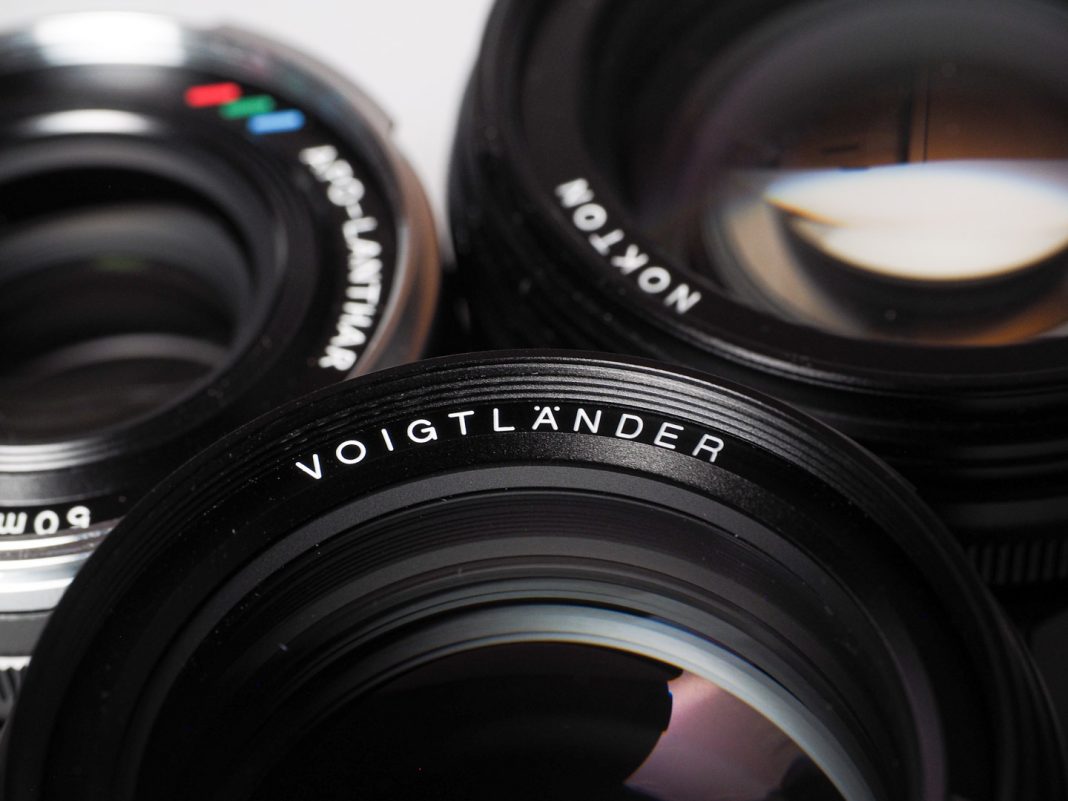
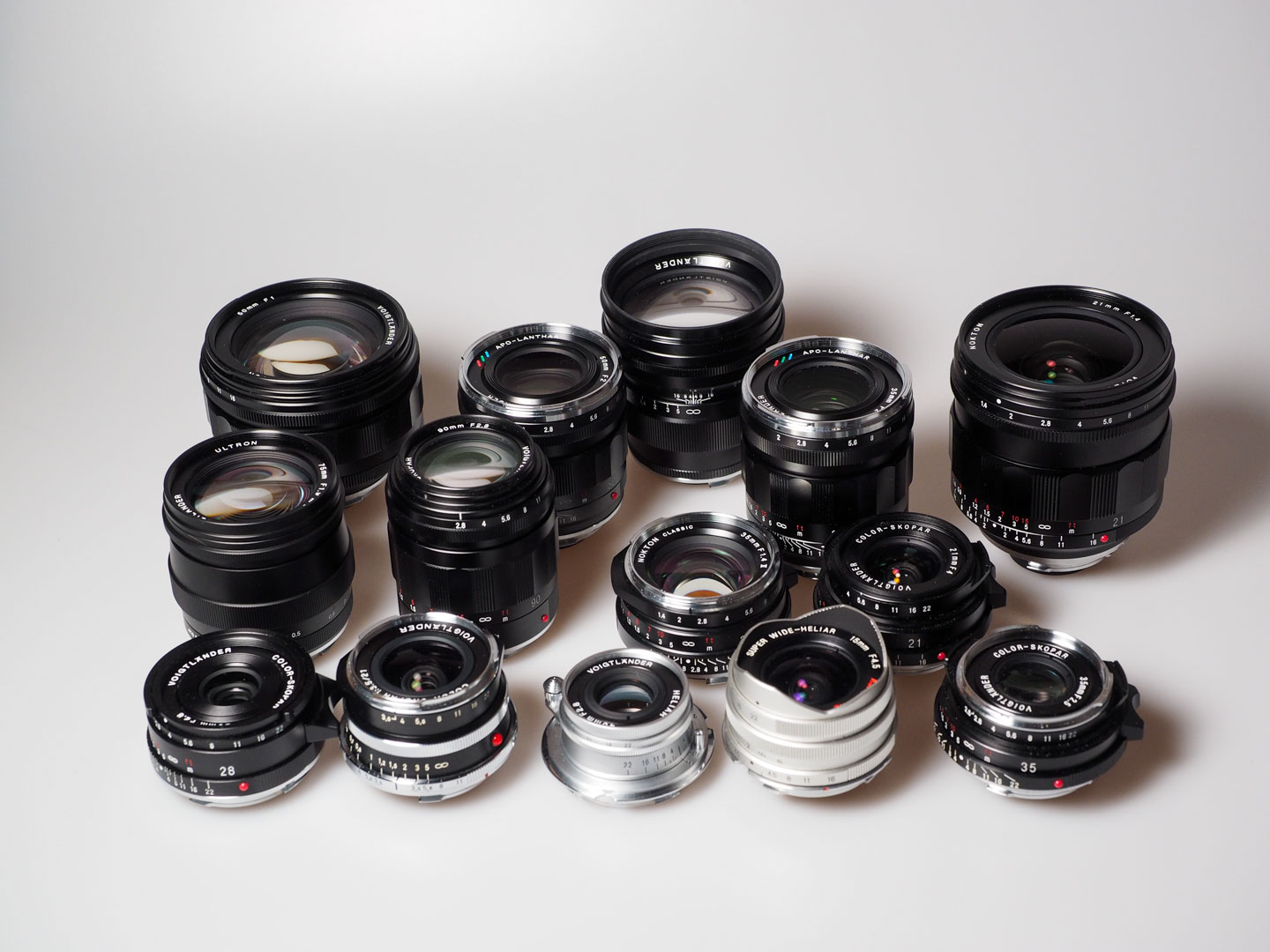
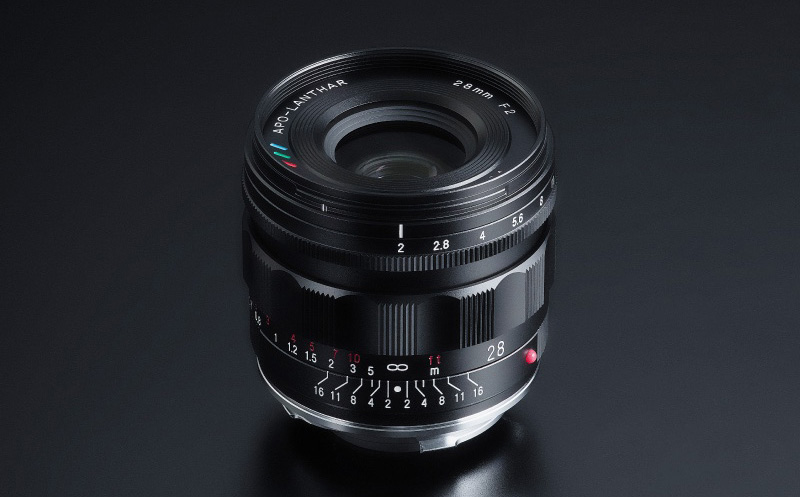
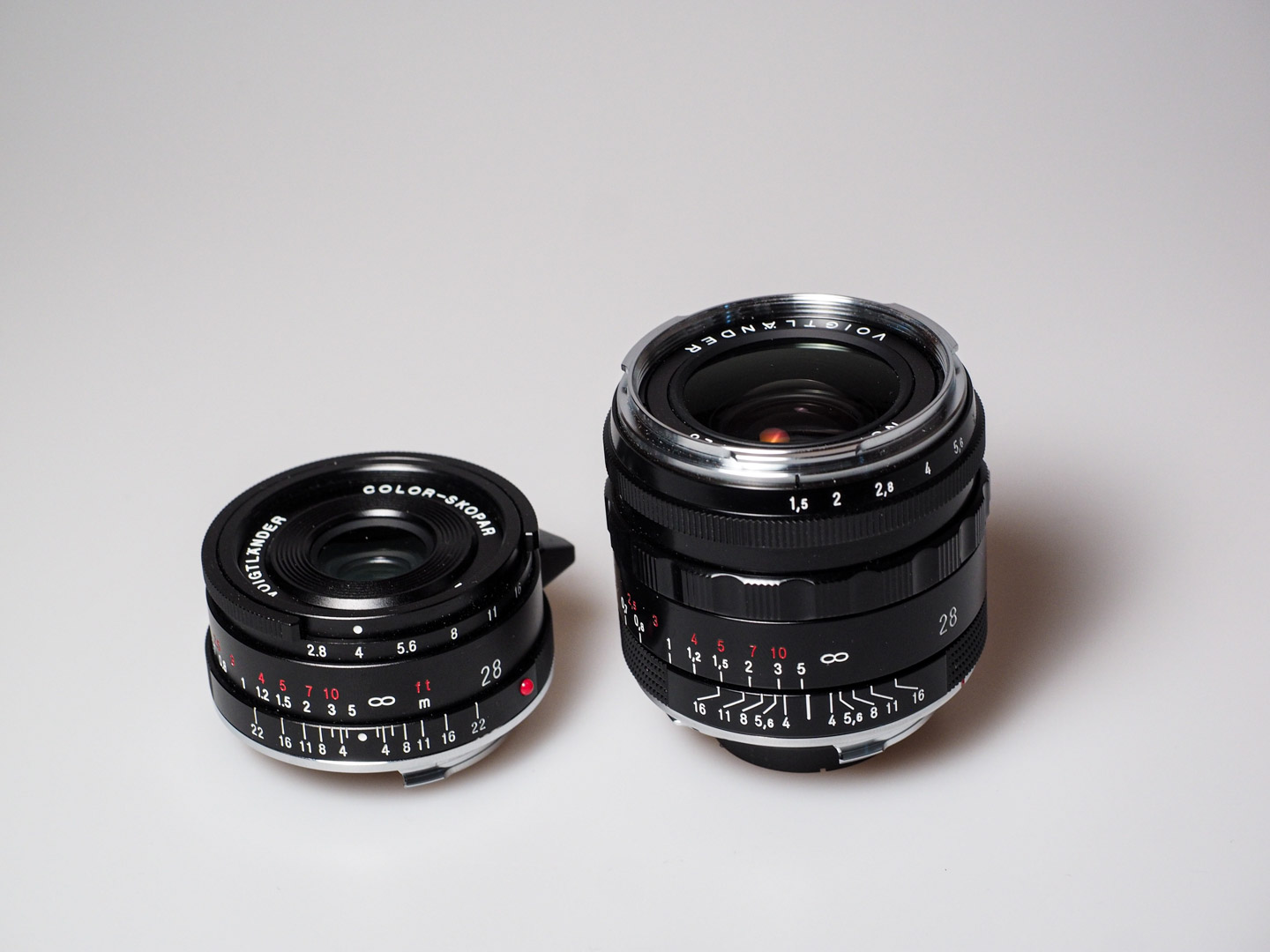
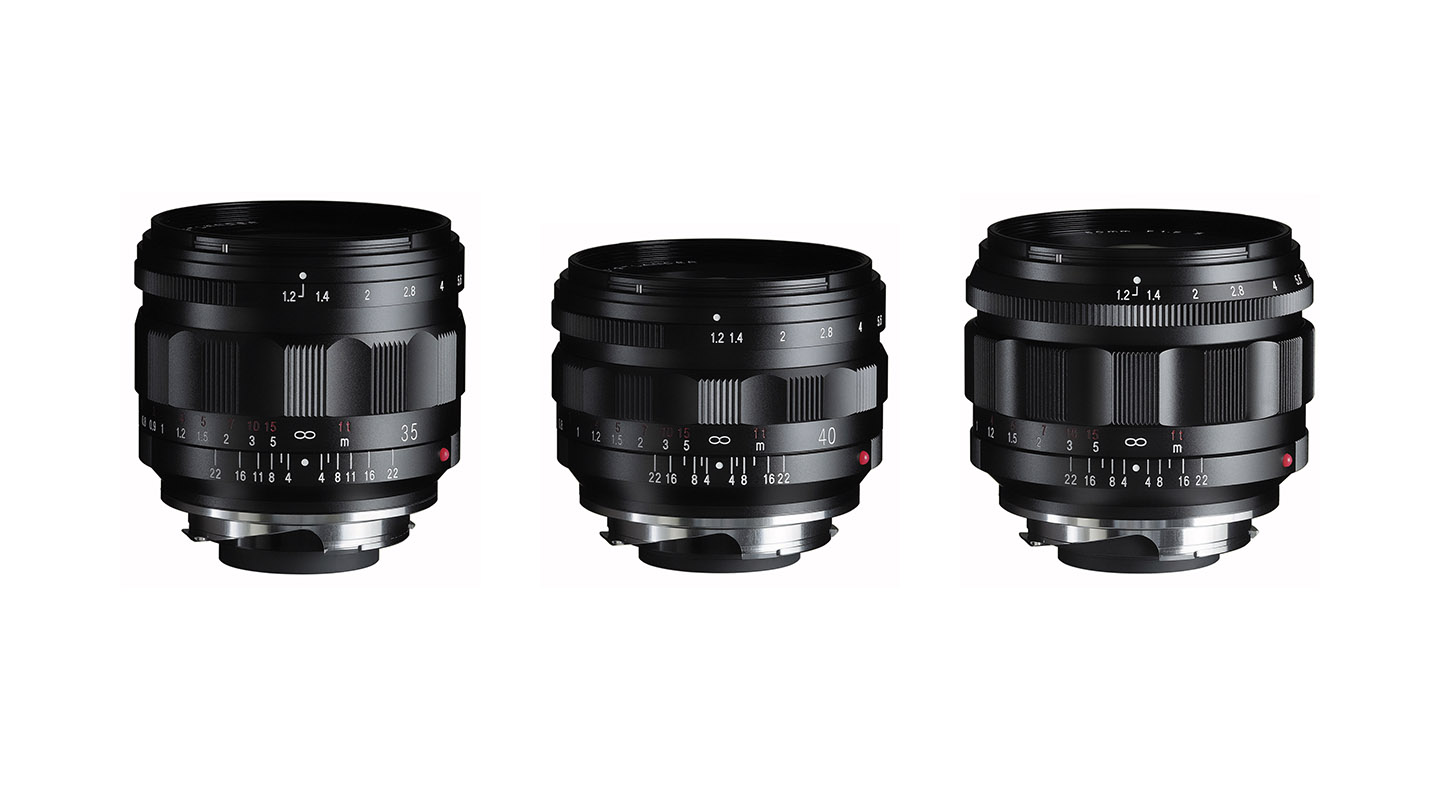
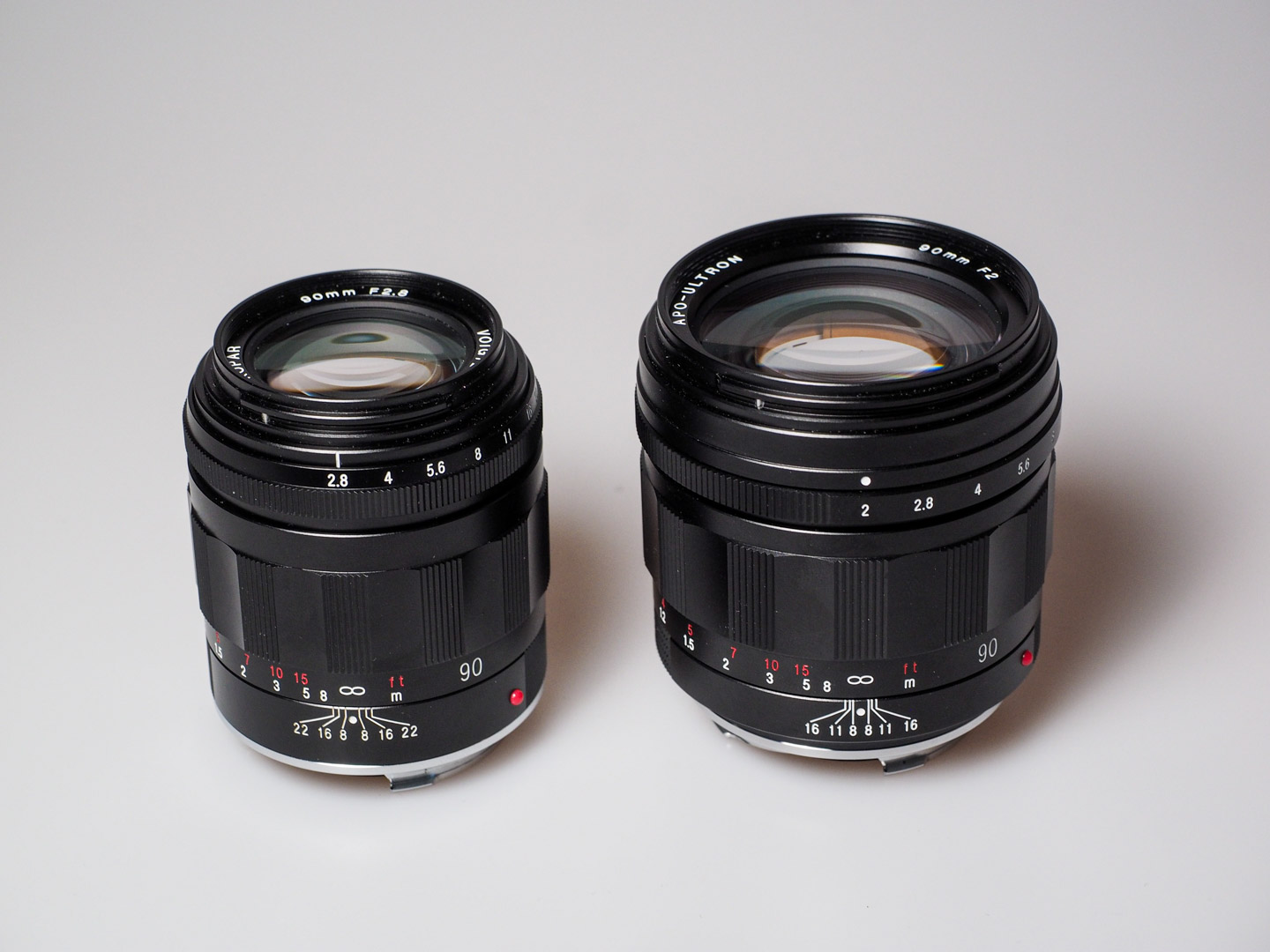
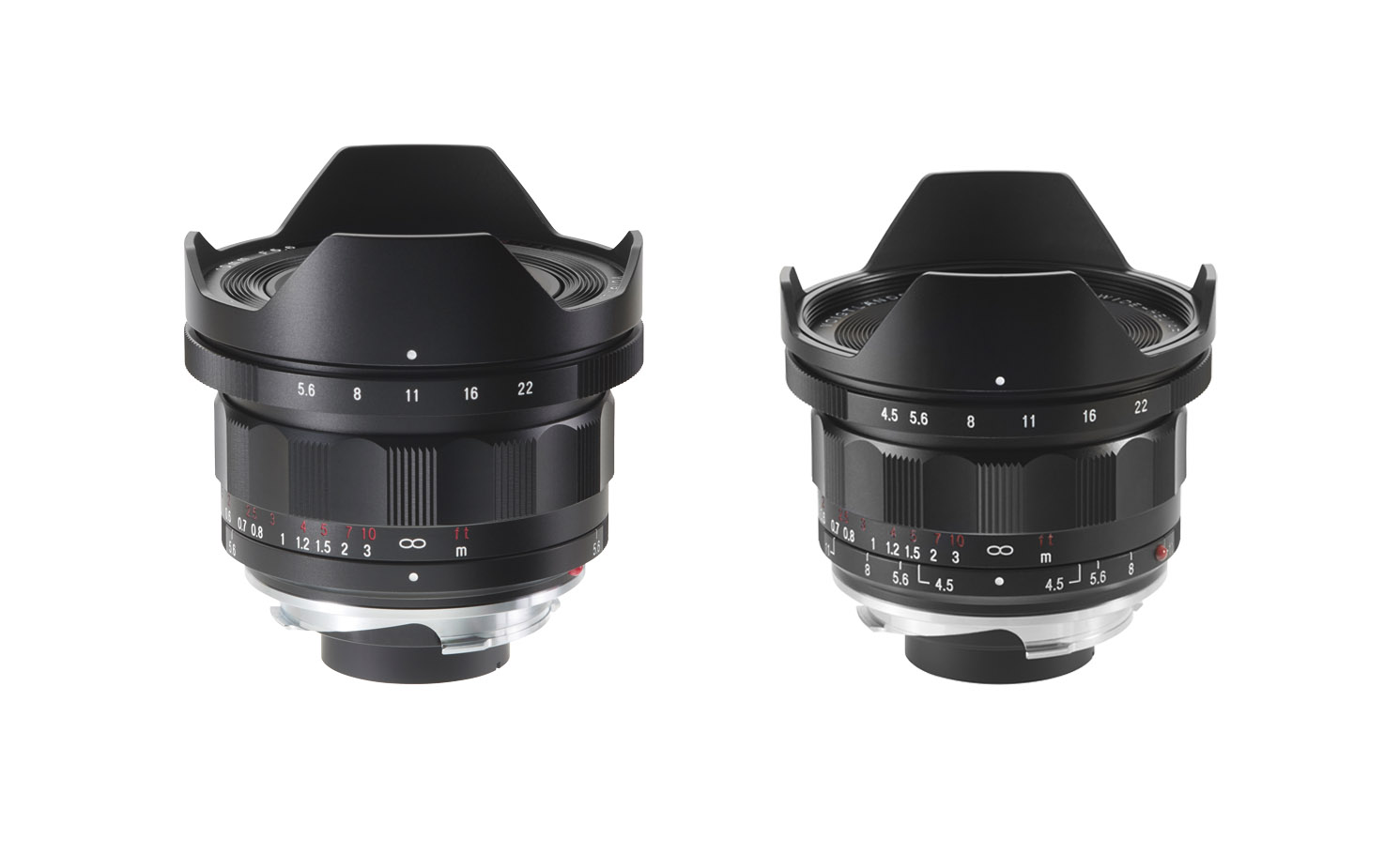
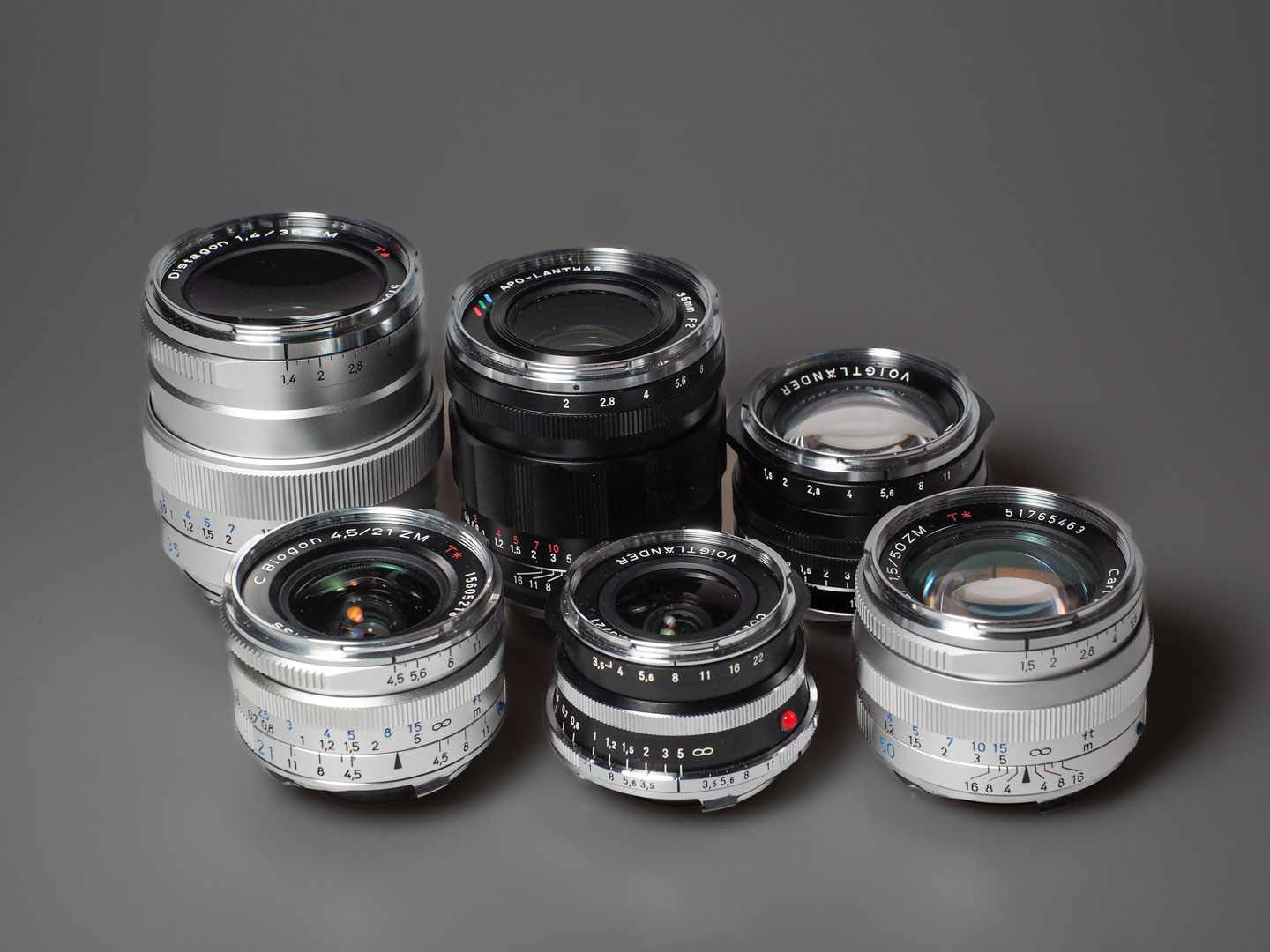
Except for discontinuing the 85mm focal length, the Zeiss ZM lens collection isn’t really missing anything. They haven’t really needed to do new lenses in recent years. They just need to keep making them.
Thank you for your feedback, Bryan. I do agree that most Zeiss lenses are very good or even excellent. But there are some designs I am missing. For example, a good 85/90, a fast 28 and a 50/1.4 with a modern rendering. I am sure Zeiss would have come up with quite a few innovations if they hat really been dedicated to the ZM line-up. Which makes the wonderful 25/2.8 or the 50/2 not any worse. Such lenses can still be regarded as exemplary. Let’s hope they won’t stop making them.
the 90 2.0 is the one I am most looking forward to hearing your opinion on, soon I hope ;-). as to UK price it seems to be £749 (see Park Cameras)..
Thanks, Des, for the feedback, You will read about the new 90/2.0 soon here on Macfilos. So do stay tuned!
I found the VM Apo 35mm and 50mm glass to be equal in image quality to the Leica equivalent lenses but much larger and significantly blocking the rangefinder. Hence, one does pay a giant premium for the tougher design of tiny glass. But I did love my Voigtlander lenses. The Voigtlander 50/1 is dramatically better than the Leica ultra fast equivalents in my experience and far cheaper. The VM lenses released are second to nobody except for size.
Agree, Brian, and thanks for your comment. As you certainly know, the old saying about lenses goes: Small size, great image quality, large aperture, low price – pick any three. In value for money terms, the Voigtländer lenses are hard to beat. But if small size matters, Leica is still unrivalled, just think of the 35 and 50 APO-Summicron.
Thank you for an informative read [as usual].
You’re welcome! It is the interested readers for whom we are passionate about making Macfilos!